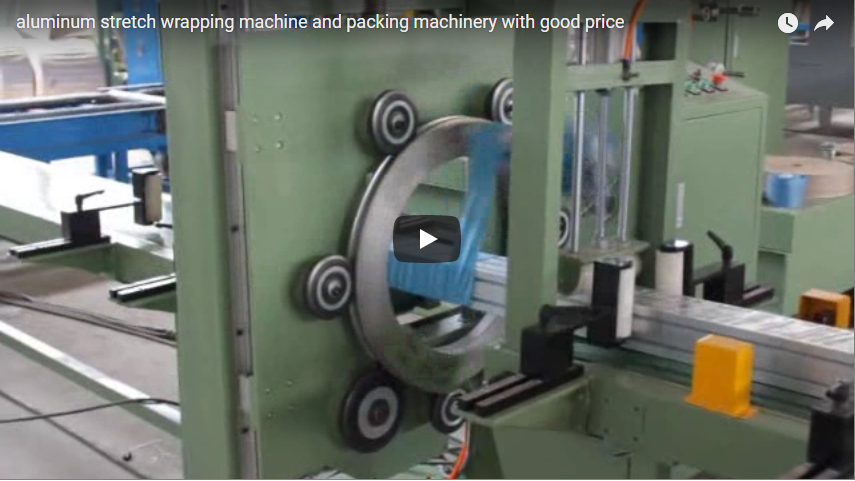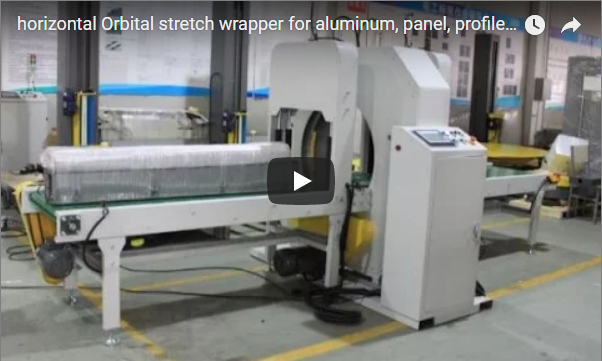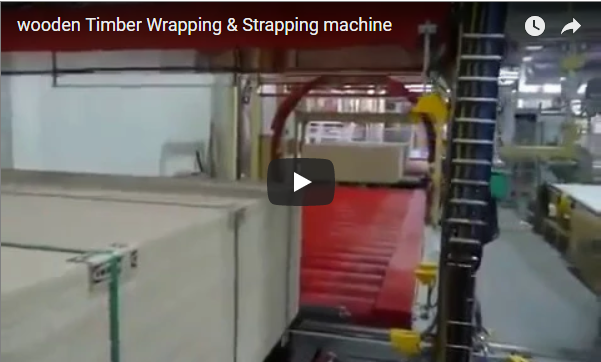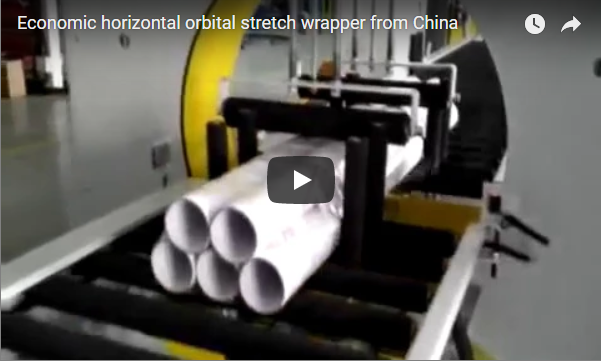Advancing Material Handling: The Technology Behind Horizontal Orbital Baler Wrapping Machines
The efficient handling, storage, and transport of baled materials present ongoing challenges across industries, from recycling and waste management to agriculture and textiles. Ensuring bale integrity, protecting contents from environmental factors, and optimizing logistical operations are paramount. The Horizontal Orbital Baler Wrapping Machine represents a significant technological advancement in addressing these needs, integrating automated wrapping processes directly with baling operations.
Understanding the Core Technology: Orbital Stretch Wrapping
Orbital wrapping, sometimes referred to as ring wrapping, is a packaging technique where the stretch film dispenser travels around the product, which typically remains stationary or moves slowly along a conveyor. This method, distinct from traditional turntable or rotary arm stretch wrappers, is particularly advantageous for long, bulky, or unstable loads like compressed bales.
Key Principles and Advantages:
- Through-the-Eye Wrapping: The core mechanism involves a ring or rotating assembly carrying the film roll, which passes through its center aperture around the bale. This enables continuous wrapping along the length of the bale. Patents in this field often focus on optimizing ring speed, film tension control, and reducing mechanical complexity (e.g., U.S. Patent 5,417,034 A describing high-speed orbital wrappers).
- Containment Force: Effective stretch wrapping relies on applying the correct containment force, achieved through film pre-stretching and controlled application tension. Modern systems utilize powered pre-stretch units, often achieving ratios from 150% to over 300%, elongating the film before application. This maximizes film yield (reducing cost per bale) and ensures consistent load holding, critical for maintaining bale density and stability, as emphasized in packaging research literature.
- Flexibility: Orbital wrappers can accommodate a wide range of bale dimensions and types, from standard recyclables (cardboard, plastics) to more challenging materials like refuse-derived fuel (RDF), biomass, or textiles.
Integrating Baling and Wrapping: A Systems Approach
The true efficiency gains emerge when orbital wrapping is integrated directly downstream from a baler. This creates a streamlined, often automated, process flow:
- Bale Ejection: The baler ejects a compressed bale onto an infeed conveyor.
- Orbital Wrapping: The bale moves into the orbital wrapper's ring, where multiple layers of stretch film are applied along its length.
- Optional Enhancements: Depending on the system configuration and requirements, additional processes may be integrated.
Key Features and Their Operational Significance
Modern horizontal orbital baler wrappers incorporate several features designed to enhance performance, protection, and automation:
Six-Side Wrapping Capability
Achieving complete encapsulation of the bale (top, bottom, and all four sides) is crucial for maximum protection. This typically involves a combination of the horizontal orbital wrap along the length and potentially vertical wrapping stations or specialized end-wrapping mechanisms.
- Benefit: Provides superior protection against moisture ingress, UV degradation, contamination, pests, and odor emission – essential for outdoor storage or transport of sensitive materials like RDF or biomass. Industry reports, such as those from Recycling Today or Waste Management World, frequently highlight the importance of proper bale wrapping for preserving material quality and meeting environmental regulations.
Vertical Stretch Wrapping Station
Some configurations include a vertical wrapping station, often positioned before or after the main orbital unit.
- Function: This station can apply film around the bale's shorter axis (height and width), potentially securing the ends or adding further stability before the primary horizontal wrap. It complements the orbital wrap for comprehensive coverage.
Rotary Table Integration
Incorporating a rotary table allows the bale to be turned automatically.
- Function: Enables multi-pass wrapping patterns, facilitates precise positioning for different wrapping stages (e.g., vertical wrap followed by horizontal), or assists in smooth integration with intersecting conveyor lines, enhancing overall system automation and throughput.
Horizontal Wrapping Mechanism
This is the core orbital wrapping unit discussed earlier, applying film along the bale's main length.
- Efficiency: Provides rapid and consistent wrapping for elongated loads, ensuring uniform film coverage and tension.
Enhanced Protection: Robust Design and Waterproofing
Industrial environments demand robust equipment. Machines designed for baler integration often feature:
- Full Protection: Enclosed mechanisms shield critical components from dust, debris, and accidental impact.
- Waterproof Considerations: While the stretch film provides the primary waterproofing for the bale, the machine itself may incorporate design elements (e.g., sealed bearings, NEMA-rated enclosures for electronics) to withstand washdown procedures or damp operating conditions, ensuring longevity and reliability. This aligns with design principles often discussed in publications like The Fabricator regarding equipment durability in demanding production settings.
Technical Parameters Overview
While specific values vary by manufacturer and model, typical parameters include:
- Bale Size Capacity: Min/Max Length, Width, Height (e.g., L: 1000-2000mm, W: 800-1200mm, H: 600-1000mm)
- Wrapping Material: LLDPE Stretch Film (specifying gauge/micron, width, roll diameter)
- Pre-Stretch Ratio: Variable, often 150-300% (Powered)
- Ring Speed: Variable (e.g., up to 60 RPM)
- Conveyor Speed: Variable, synchronized with wrapping process
- Control System: PLC-based with HMI (Human-Machine Interface)
- Power Requirements: Voltage/Frequency/Phase (e.g., 480V/60Hz/3Ph)
- Optional Features: Top sheet dispenser, integrated weighing systems, safety fencing, remote diagnostics.
Conclusion: Optimizing Material Handling Workflows
The integration of horizontal orbital wrapping technology with baling operations provides a powerful solution for enhancing efficiency, improving material protection, and reducing manual labor in demanding industrial environments. By leveraging principles of orbital wrapping, advanced stretch film technology, and automated handling features like rotary tables and multi-axis wrapping, these systems deliver significant operational benefits. For facilities handling substantial volumes of baled materials, investing in a robust, well-integrated Horizontal Orbital Baler Wrapping Machine can lead to improved product quality, streamlined logistics, and a stronger bottom line.
For further details on specific system configurations and capabilities, technical consultations are recommended. Contact info@fhopepack.com for more information.






